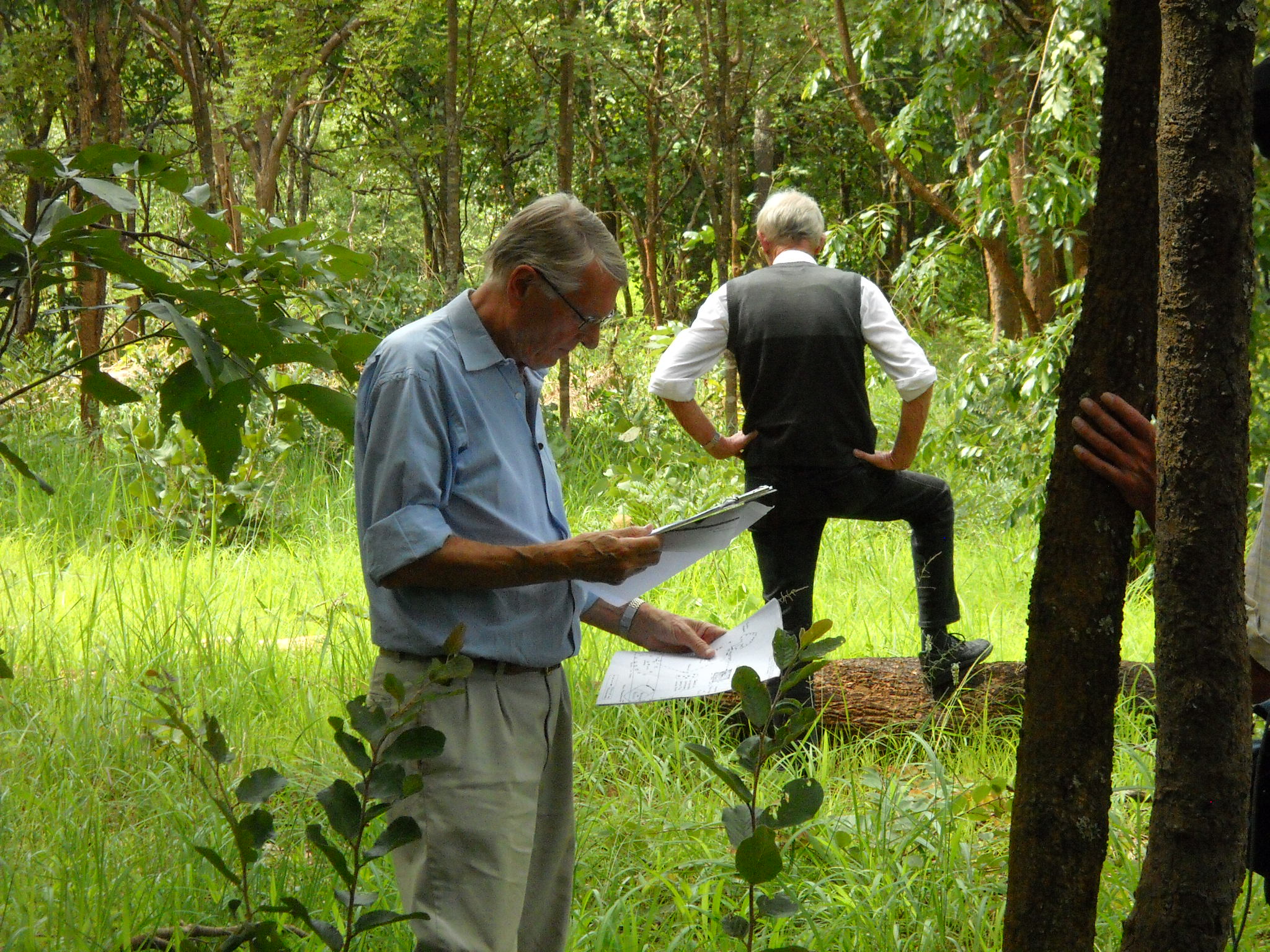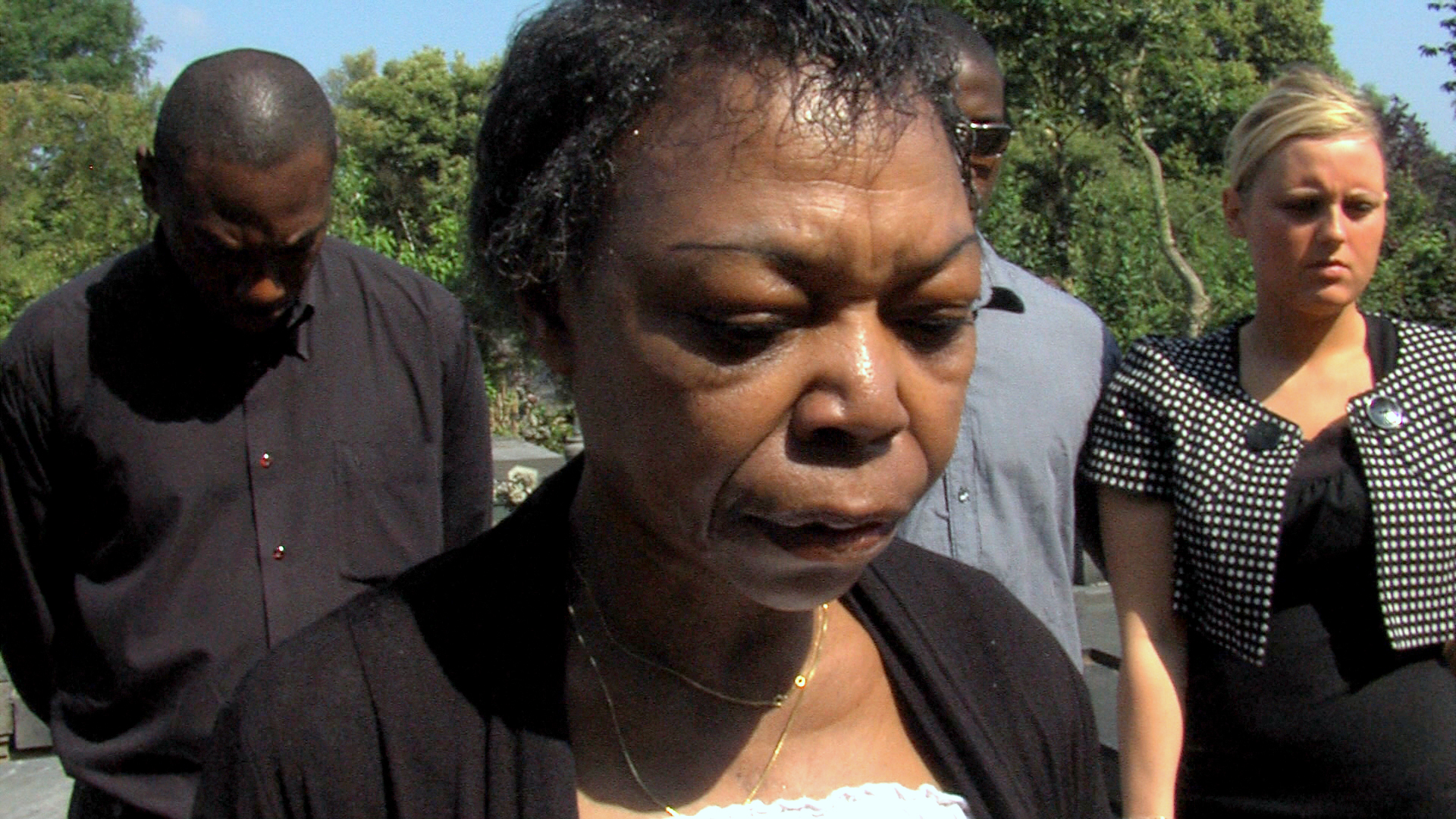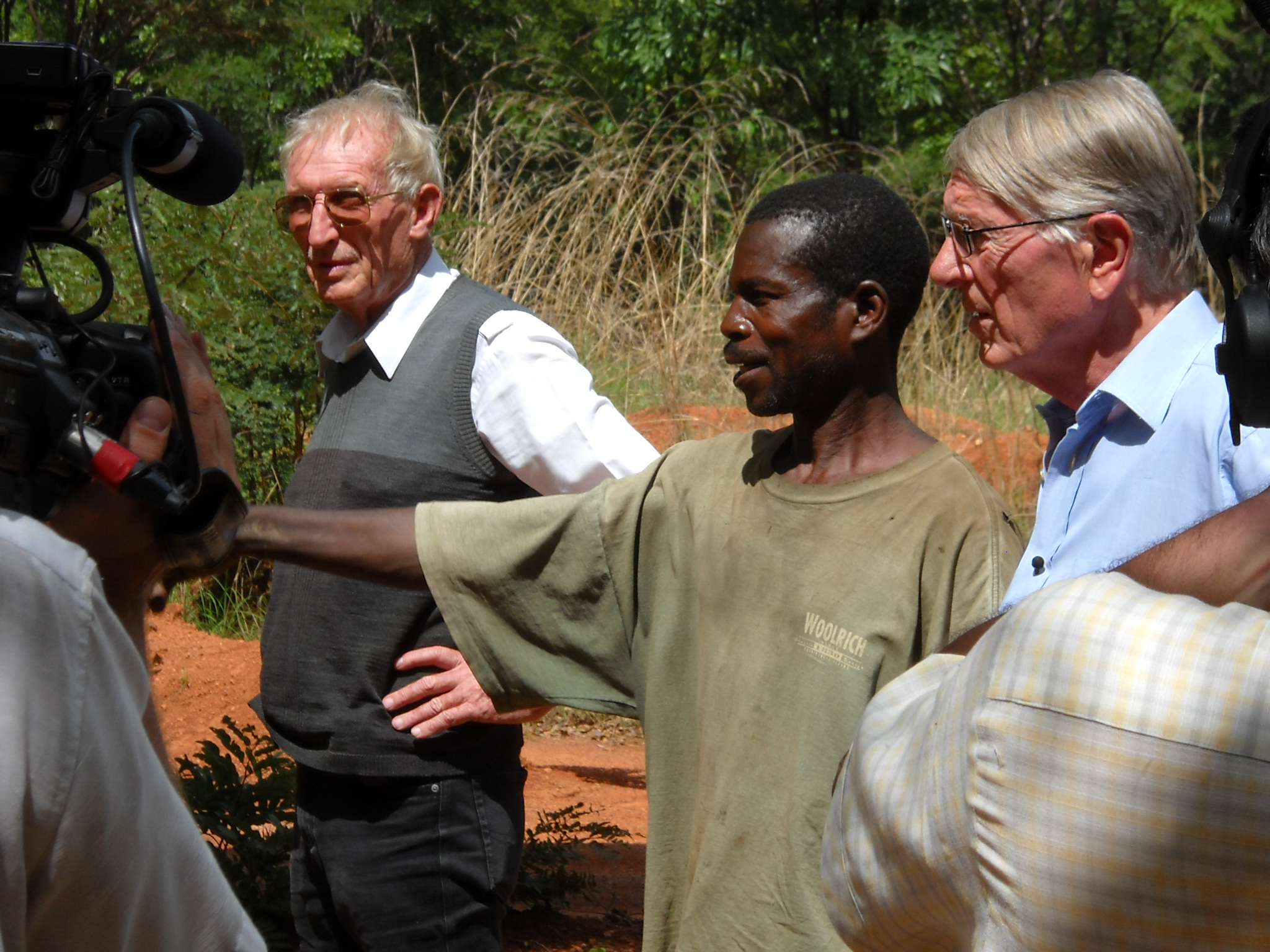Filmmaker Sven Augustijnen sat down with CATE Program Assistant George William Price to discuss his multifaceted artistic practice within the context of his film “Spectres”, screened at CATE on April 4, 2014.
Augustijnen’s work concentrates on the tradition of portraiture and the porous boundaries between fiction and reality, using a hybrid of genres and techniques to interrogate how contemporary reality is constructed through various fictions and narratives.
“Spectres” (2011) focuses a critical eye on the official account of the murder of Patrice Lumumba, the Congo’s first elected Prime Minister post European colonial rule.
George William Price: What drew you to this particular project? Why do you feel it was important to investigate this set of histories within Spectres?
Sven Augustijnen: My practice comes mainly from observations. I live in Brussels, a town that is very marked by its colonial history and I feel interested in the public space and what’s going on there — the people etcetera.
Somehow the project came to me, although I knew it was impossible. That you shouldn’t do this, you know, there is an attraction also to this project.

GWP: One of Spectres iterations was shown within the context of a solo show you had at de Appel arts centre (Amsterdam) in 2011. How would you describe the relationship of the film to the spatial exhibit and the process you developed in bringing these various forms of documentation together?
SA: I was in touch with Brassinne and at a certain moment I decided to make a book which was composed mainly of an interview and his photo archive. In this photo archive I found two negative films which he made at an earlier time, during his research in the eighties. One of them was the place where Lumumba’s life was lost. There were only, I think, one or two images published so I decided to print them and make a construction out of it.
Out of this came other material from the archive, the flag etcetera. To be more precise, the exhibition was constructed around three moments. Moments that he did research and went back to search or the place of execution. First in ‘65 when he published his first book. Then in the late eighties when he found the place of execution during his research for his PhD and finally when we shot the film in 2009.
First of all in my film there is almost no archive material except the speech of Baudouin and Lumumba. Which you hear, you don’t see them, you just hear the sound of it.
So I’m more interested in how this history lives today in bodies, in narratives and the discourses, of people who are somehow altered by it. Through their actions and through their way of living and how they try to work them out. I saw the archive as just a promulgation of this. The archive is still living today and is a constitution for a certain kind of discourse or legitimation.

GWP: Your practice seems to center around the analysis of cultural and historical places both in space and time. Using a previous project of yours how would you articulate your interest in these dense and multifaceted concepts?
SA: In some of my other work it’s also about characters who play themselves, bodies who perform out history, a social condition, power relations etc.
GWP: When you say you get people to play themselves is that in terms of ethnofiction?
SA: I think the work I do is much more of a situational approach. I create situations in which those people can perform out.
I’m also not so interested in this fine line between fiction and documentary. I am more interested how reality is constructed. How fictions and narratives are used to construct it. The work is more of that line.

GWP: Finally, what projects are you working on currently? Are you working within the same vein as Spectres or are you currently exploring other subject matter or contextual frameworks?
SA: It’s very often that one project generates another and I have been making some works that are still related to Spectres. I am working on a project called Fierté Nationale, [National Pride]. It’s in reference to the Fabrique Nationale d’Herstal, which is a light weapons factory in Belgium that makes various weapons. Mostly they were very well know during the Cold War. One of their firearms was called Fusil Automatique Léger or, in English, the Right Arm of the Free World. So I’ve taken this as a starting point for research — historical and geopolitical research. These weapons have been produced to be licensed and exported all around the world.
This interview between Sven Augustijnen and CATE Program Assistant George William Price took place at The School of the Art Institute of Chicago on April 4, 2014.